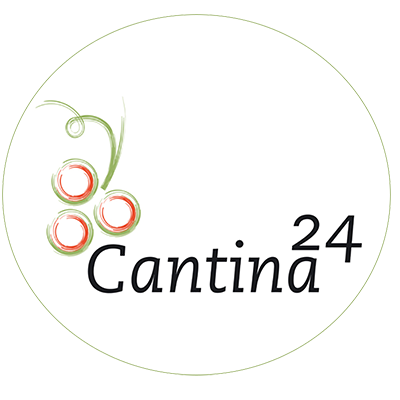The fame of Piedmont in relation to its wine has ancient origins. The Greeks are said to have brought the first quality wines in this region: from the shores of the eastern Mediterranean, they came with their ships full of wine amphorae in the Ligurian ports. From here they advanced into the hinterland, to finally reach the wonderful Piedmont. The brought by the Greeks cuttings were used to plant the first vineyards.
In Roman times flourished viticulture: Pliny the Elder ("the" connoisseurs of antiquity) describes the use of wooden barrels as containers for wine in this area in his encyclopedia "Naturalis Historia." At the courts of Renaissance, the quality of wine is becoming increasingly important, so that the shape of bottigliere (cellar master) became more popular: His job is to recommend, to acquire or dispose and to combine wines.
In the presence two large areas characterize the habitat of Piedmontese viticulture: The Langhe and the Monferrato. The latter is divided by a large valley of Villafranca d'Asti, the river Borbone and the lower part of the Tanaro valley in the northern Basso Monferrato and the southern Alto Monferrato. The Basso Monferrato is characterized by a system of hills with heights of up to 700m (Alto Monferrato has lower altitudes, on average 350m). Both areas are perfectly suited for viticulture.
To this area and to the city of Asti are bound for centuries names of wines of great resonance: Moscato di Canelli, introduced several centuries ago; Barbera, which was known already in the 18th century and has spread due to its great adaptability, its abundance of production and high quality.
The Langhe is a wonderful hill area that is not neatly circumscribed within their borders. The boundaries are roughly drawn, the river Tanaro, the Bormida Valley and the Ligurian Apennines. The hills are geologically an extension of the northern Apennines into the western Po Valley. In this area world famous wines are produced: Barolo and Barbaresco, but also the Moscato d'Asti, Nebbiolo, Barbera and Dolcetto.













